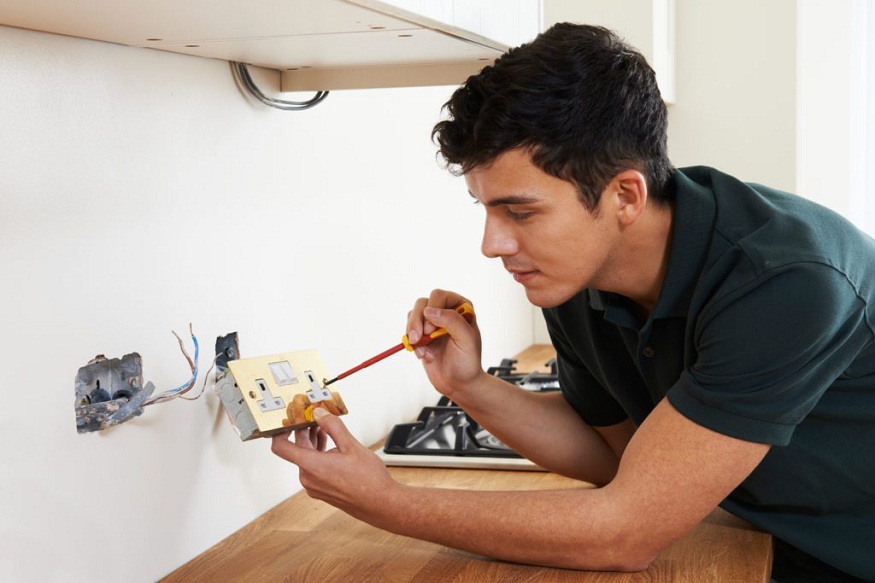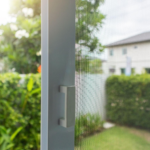
Electrical hazards are a serious concern in Indian households, leading to risks such as shock circuits, fires, and equipment failures. Understanding these hazards and using the right electrical wiring materials can help prevent dangerous situations. In this guide, we will explore how to identify common electrical risks and take preventive measures to ensure home safety.
1. Common Electrical Hazards in Indian Homes
a) Overloaded Circuits
Many Indian households rely on multiple appliances, often plugging too many devices into a single outlet. This can cause an overloaded circuit, increasing the risk of fire and electric shocks.
Prevention Tips:
- Use separate outlets for high-power appliances.
- Install modular switches with circuit breakers.
- Upgrade old wiring to handle modern power loads.
b) Faulty or Outdated Electrical Wiring Materials
Old, damaged, or poor-quality electrical wiring materials can lead to short circuits and fires. Many older homes have wiring that is not suited for modern electrical loads.
Prevention Tips:
- Regularly inspect wiring for wear and tear.
- Replace outdated wires with high-quality insulated cables.
- Use ISI-marked wires that comply with safety standards.
c) Shock Circuits and Exposed Wires
A shock circuit occurs when live wires come in contact with conductive materials or human skin, leading to electric shocks.
Prevention Tips:
- Ensure proper earthing of all electrical installations.
- Avoid makeshift repairs with tape; always use proper insulation.
- Keep electrical outlets and switches away from water sources.
2. Safe Installation and Maintenance Practices
a) Use High-Quality Modular Switches
Modern modular switches come with safety features like spark prevention and energy efficiency. Installing them can reduce the risk of electrical fires and shocks.
b) Install Residual Current Devices (RCDs)
RCDs automatically cut off power when they detect a leakage or shock circuit, providing extra protection against electrocution.
c) Periodic Electrical Inspections
Regularly inspecting electrical connections and replacing worn-out electrical wiring materials ensures long-term safety.
3. Emergency Preparedness for Electrical Hazards
- In case of an electric shock, turn off the power supply immediately.
- Never touch a person receiving an electric shock with bare hands; use a non-conductive object to separate them from the power source.
- Always have a fire extinguisher rated for electrical fires.
Conclusion
Ensuring electrical safety in Indian homes requires awareness and the right precautions. By using high-quality electrical wiring materials, avoiding shock circuits, and upgrading to modern safety devices, you can significantly reduce risks. Stay safe by following these tips and consulting an electrician for regular maintenance!










Leave a Reply
You must be logged in to post a comment.